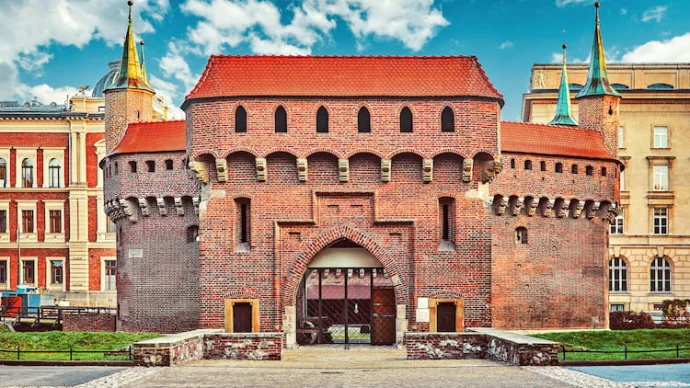
About Wolf’s Lair
Remote, hidden in dense forest, and protected by nearby lakes and marshes – the Wolf’s Lair in Gierloz in Poland was Adolf Hitler’s main base on the Eastern Front during World War Two. The Nazi leader often called himself ‘the Wolf’ and thus the Wolf’s Lair, also known as ‘Wilczy Szianiec’ or ‘Wolfsschanze’, is named after him.
History of the Wolf’s Lair
Following reconnaissance, the decision to build the Wolf’s Lair was made in August 1940 – located in East Prussia near the border with the Soviet Union. The area was one of the most fortified districts of the Third Reich, containing many fortresses (Giżycko, Toruń, Klaipeda, Pilawa) and areas with anti-tank trenches and barbed wire fences.
Hitler first came to the Wolf’s Lair on 24 June 1941. At one point housing 2,000-3,000 people (though some estimate the total was far more than this), the Wolf’s Lair was heavily defended. Three security zones surrounded the central complex where the Führer’s bunker was located.
Ironically, the threats Hitler feared at his headquarters came from within his own ranks. On 20 July 1944, a group of Hitler’s own men, led by Claus von Stauffenberg, tried to assassinate him at the Wolf’s Lair by smuggling in a bomb. Whilst the attempt was unsuccessful, it resulted in four other deaths. Only the concrete floor remains in this particular building.
Some of Hitler’s visits to the Headquarters lasted just a few days, some a few months. Hitler spent a total of 850 days at the vast, secret complex between 1941-1944, before leaving for the last time on 20 November 1944 as the Soviet Red Army approached during the Baltic Offensive, withdrawing to his bunker in Berlin.
The Wolf’s Lair was mostly destroyed under Hitler’s orders. As the vast bunkers were constructed above-ground with concrete walls 8 metres thick, they were so solid that the SS were unable to fully demolish them in January 1945, despite using tons of dynamite. They were abandoned 48 hours before the arrival of Soviet forces.
Despite concerns that the Allies knew of Wolf’s Lair and were planning to bomb it, the Allies only discovered the Wolf’s Lair after Hitler had abandoned it.
The Wolf’s Lair today
Today, the remaining bunkers are slowly disappearing behind nature’s natural camouflage and the ruins are now a museum. A free app guides visitors round the site, which also includes a film about the Nazi HQ’s history and some military equipment on show.
Getting to the Wolf’s Lair
The Wolf’s Lair lies about 5 miles east of the small East Prussian town of Rastenburg (Polish: Kętrzyn), in present-day Poland. By car, the journey takes around 12 minutes, via the DW592).
Featured In

Poland Historic Sites
Explore the diverse history of Poland, from the great Barbakan to the beautiful Wilanow Palace, through our guide to 10 historic sites, landmarks and monuments to see when in Poland.




















